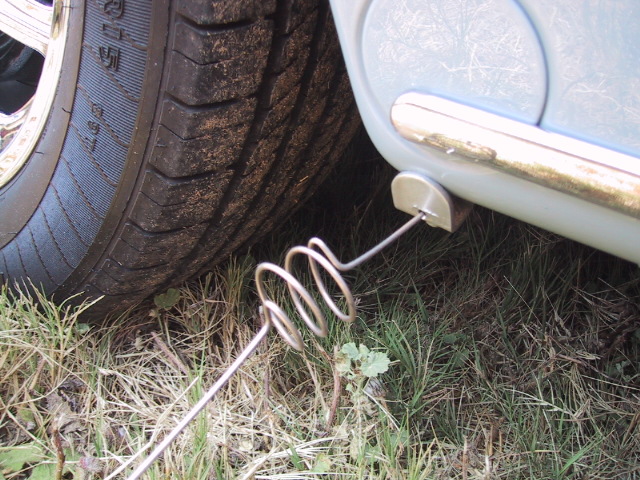RPB wrote:
"Now that you have "published" you better get busy on your patent."
FYI, I've been hard at work on it! Here's what I've come up with.... now don't steal it!
I call this my Bottom Sensing/Collision Reference and Prevention System (BS/CRAPS)
(My old shaky hands won't allow me to do a sketch for you so you'll have to visualize this as you go.)
I duct taped a piece of an old busted fly rod to the very front of my yak, extending down below the depth of the fins with a comfortable margin of safety. (Lightly taped so it retains flexibility.) At the top, I stuck a golf tee through the center of a Lil Debbie miniature cherry pie pan (stiff aluminum foil - easy to work with and cherry is my favorite) and then down into the tip guide and taped it firmly to the rod. I then bent the side of the pie pan down into a notch which rests in the end of a piece of PVC pipe that runs down to the sail mount.
This is getting a bit more difficult to describe than it seemed... Let me just take you through the operation of the system, explaining the elements as I go.....
When the fly rod encounters the bottom or an obstacle, it wiggles and shakes a steel ball bearing off of the golf tee, into the pie pan and down the PVC pipe, making contact with two wires mounted in the pipe. This completes a circuit, powered by the fishfinder power supply and provides current through an ignition coil from a Model A Ford coupe to a set of contacts on the operators seat, causing the operator to rise abruptly. With pressure thus removed from the seat, a spring-loaded cord is released which pulls two ping-pong paddles, hinged one on either side of the boat, rapidly forward, thus arresting forward momentum and quickly imparting sternway to move the boat away from the potential collision. Because the rapid rearward acceleration could cause the operator, who is already in an awkward position at this point, to suffer whiplash and/or spinal vertebrae extension, a safety device consisting of a spring-mounted length of 2x4, mounted with a pivot on the center hatch, is provided. To protect the operator, upon rising from the seat, the release of seat pressure also releases the restraint holding the length of 2x4, which, by spring action, rises to catch the operator and prevent his continued forward motion.
Now, I realize that some improvements will probably be required but this systems will definitely give sufficient warning so that the operator can get 'fins up' before damaging them on either the bottom or a submerged obstacle, thereby solving a major problem, the severity of which can be deduced by the number of previous posts on this topic.
And they laughed at the Wright Brothers, who only made bicycles! Hah!










